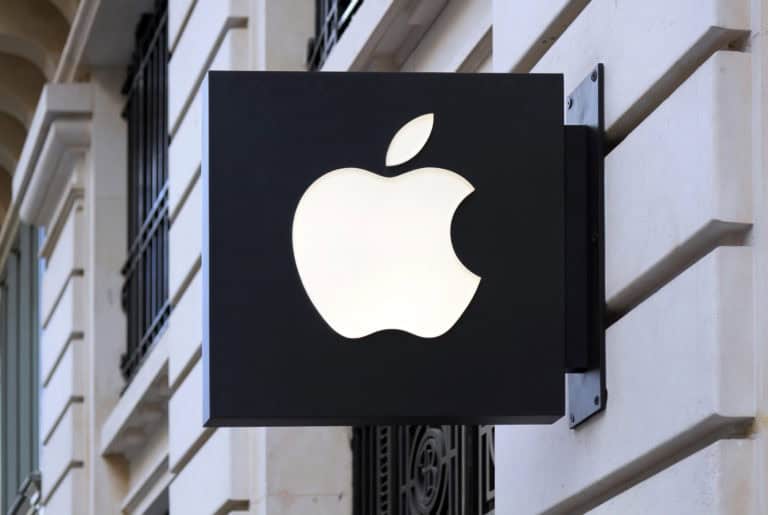The impending expiration of the Affordable Connectivity Program (ACP) poses significant challenges for 23 million Americans who rely on affordable internet access. This situation is particularly dire for low-income families, many of whom may be forced to make difficult choices regarding their connectivity. The repercussions of losing this support extend beyond mere convenience, impacting educational outcomes and job opportunities for vulnerable populations. As the digital divide widens, it raises pressing questions about the future of equitable access to essential services. What strategies might emerge to address these critical issues?
Overview of the Affordable Connectivity Program
The Affordable Connectivity Program (ACP) was designed to provide essential financial support to low-income households, enabling them to access critical internet services and bridge the digital divide.
Launched in December 2020, the ACP enrolled over 23 million households, offering a monthly credit of $30, and up to $75 for those on Tribal lands. This initiative aimed to alleviate funding shortages for internet access, allowing participants to prioritize connectivity without sacrificing other basic needs.
Prior to enrollment, an alarming 68% of households reported inconsistent or no internet access, underscoring the program’s crucial role in enhancing connectivity for low-income Americans.
As the program approaches its expiration, the potential loss of these benefits poses significant challenges for many households.
Impact of ACP Expiration
Expiration of the Affordable Connectivity Program (ACP) will have profound repercussions for over 23 million households, forcing many to reevaluate their internet access and financial priorities.
As the program ceases, approximately 3 million low-income households may cancel their internet services due to the increased financial burden. This loss of connectivity is particularly concerning for families with school-age children, who rely on stable internet access for educational purposes.
The termination of the ACP is projected to result in an estimated $10 billion in lost work opportunities and a $1.5 billion decline in online shopping benefits, further widening the digital divide.
Many households will likely depend more on public Wi-Fi and community resources, highlighting the urgent need for sustainable solutions.
Demographics Affected by Loss
As millions of households confront the repercussions of losing the Affordable Connectivity Program, specific demographics, including military families, seniors, and rural residents, face heightened challenges in maintaining their internet access. The loss of this critical support leaves low-income families vulnerable, with a significant proportion fearing job loss and educational disruptions for their children.
| Demographic | Number Impacted |
|---|---|
| Military Families | Nearly 11.5 million |
| Seniors (50+) | Approximately 10 million |
| Rural Residents | Over 5.75 million |
| Low-Income Families | 23 million total |
These groups heavily relied on the ACP, underscoring the urgent need for alternative solutions to prevent further exacerbation of the digital divide.
Strategies for Coping Without ACP
Steering the post-ACP landscape requires households to implement various strategies to maintain internet access while managing their limited financial resources.
Low-income households are particularly affected by the financial strain resulting from the loss of ACP benefits. Many families are prioritizing budget adjustments, such as opting for cheaper groceries or reducing household expenses, to afford internet services.
For those with school-age children, maintaining internet access remains essential for educational purposes, prompting them to make difficult financial choices.
Additionally, some families are exploring the Lifeline program, which offers a minimal subsidy, albeit insufficient to fully replace the support previously provided by the ACP.
These coping strategies highlight the urgent need for sustainable solutions to guarantee equitable internet access for all.
Alternative Low-Cost Internet Solutions
In light of the impending loss of the Affordable Connectivity Program, exploring alternative low-cost internet solutions has become essential for millions of Americans seeking to maintain their online access.
With the Lifeline program offering only a minimal subsidy, many households are left to confront the stark reality of increased internet costs. Reports indicate that 13% of former ACP users may cancel their service, further widening the digital divide.
To mitigate this, various low-cost options have emerged, including community initiatives that provide temporary Wi-Fi hotspots. These solutions aim to bridge the connectivity gap for low-income families, ensuring they retain access to essential educational resources, telehealth services, and other critical online activities, thereby combating the challenges posed by the loss of the ACP.
Role of Local Organizations
Local organizations are stepping up to address the challenges posed by the expiration of the Affordable Connectivity Program, employing strategies such as distributing Wi-Fi hotspots to support those at risk of losing internet access.
These groups are critical in bridging the digital divide, particularly for underserved populations facing financial constraints.
Through community engagement initiatives, local organizations inform affected households about alternative financial assistance options, including the Lifeline program.
Additionally, they advocate for policy changes to guarantee ongoing support for equitable internet access.
However, trust-building efforts have been hindered by the abrupt end of the ACP, underscoring the need for sustainable solutions rather than temporary fixes to combat the challenges of internet affordability and accessibility.
The Urgent Need for Digital Equity
The urgent need for digital equity is underscored by the impending loss of the Affordable Connectivity Program, which threatens to leave millions of low-income households without reliable internet access. This situation amplifies existing challenges, forcing families to prioritize basic needs over connectivity.
Over 23 million low-income households risk losing essential internet support.
68% of these households reported inconsistent or no internet access prior to assistance.
The loss of the program may exacerbate economic instability, hindering opportunities for education and employment.
Without a sustainable affordability program, low-income Americans face a widening digital divide, limiting their access to crucial resources and opportunities.
Advocacy for digital equity is essential to address these pressing connectivity challenges.
Final Thoughts
The looming expiration of the Affordable Connectivity Program casts a shadow over millions, threatening to sever essential connections to education and employment.
As families stand at the precipice of a digital chasm, the absence of affordable internet transforms vibrant learning landscapes into barren deserts of opportunity.
Advocacy for digital equity emerges as a beacon of hope, illuminating pathways toward sustainable solutions.
In this critical juncture, collective efforts must forge new bridges, ensuring that no one is left stranded in the depths of disconnection.






